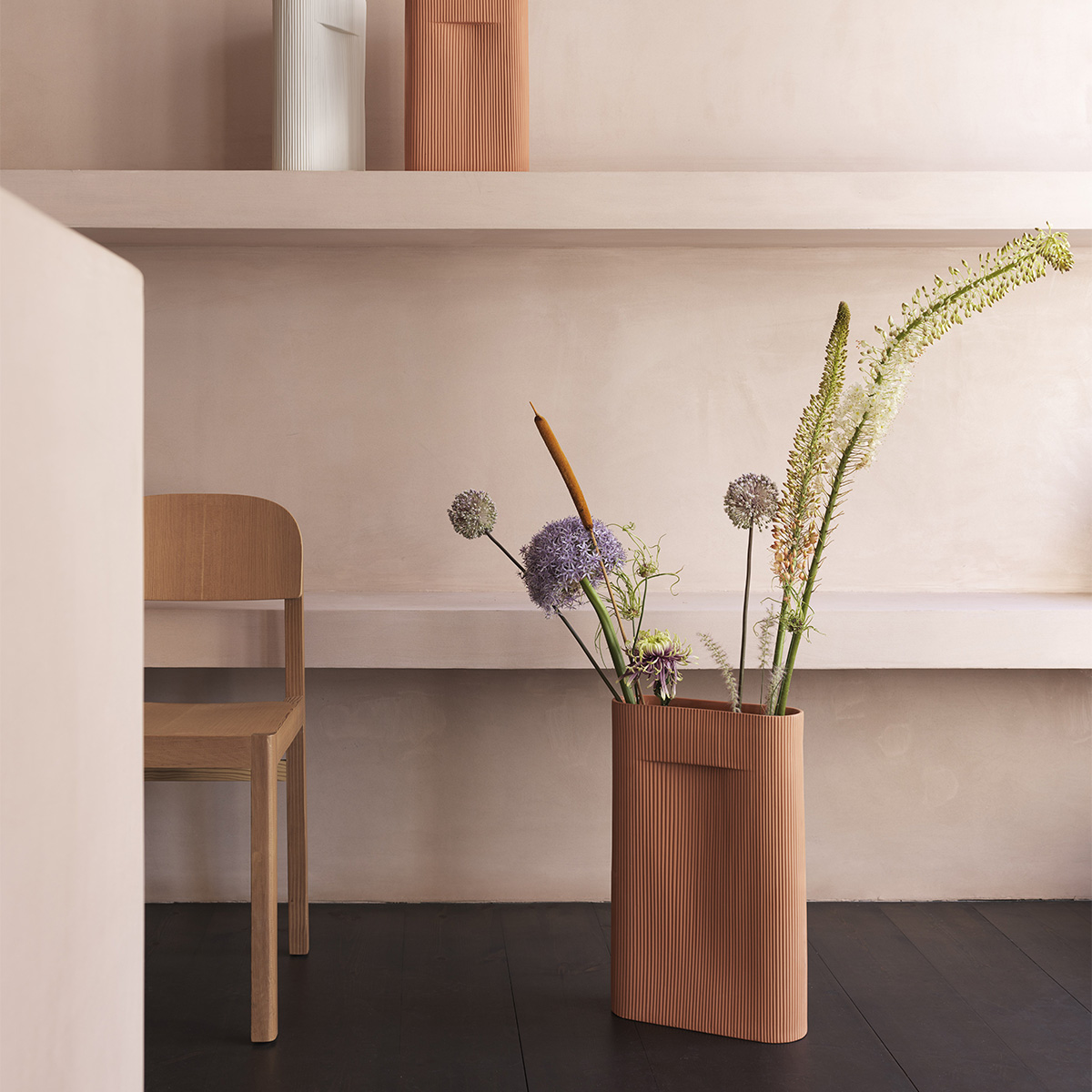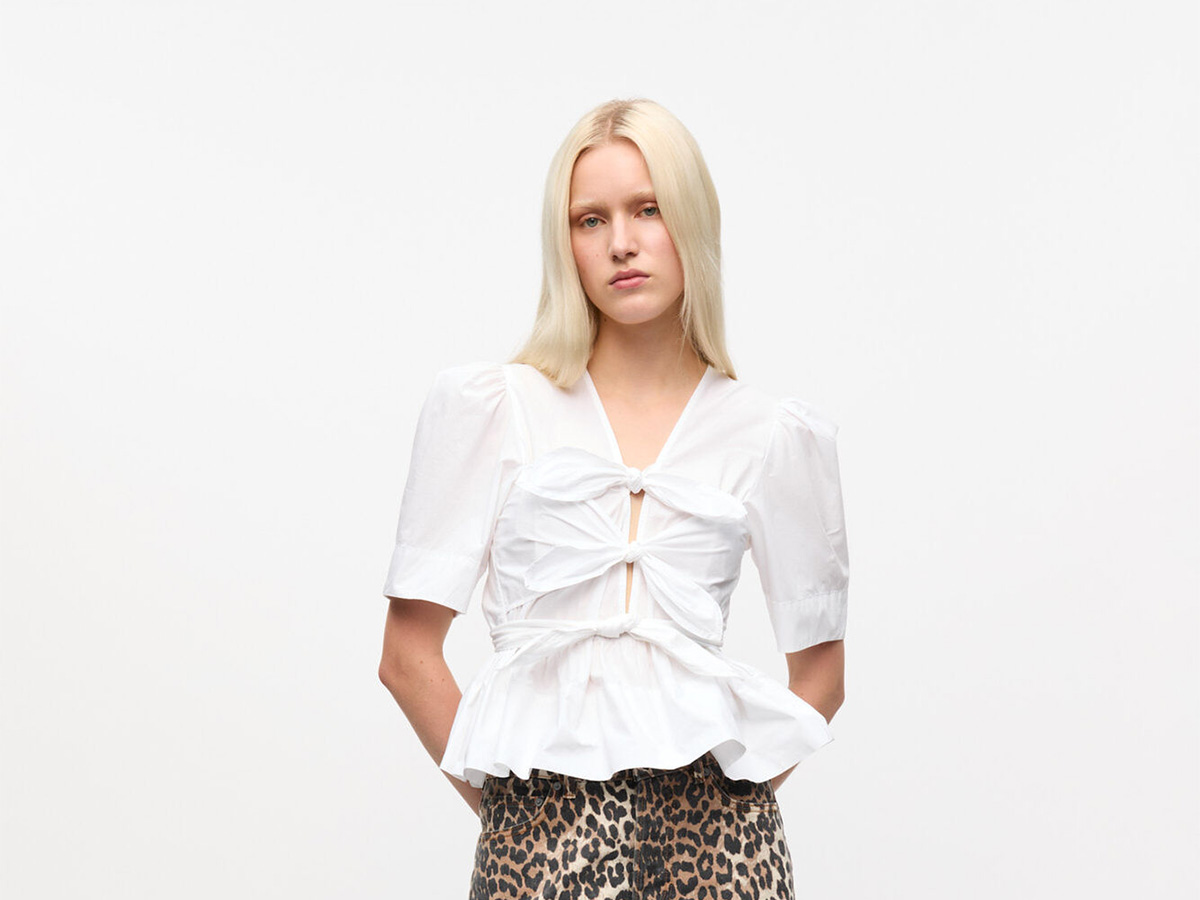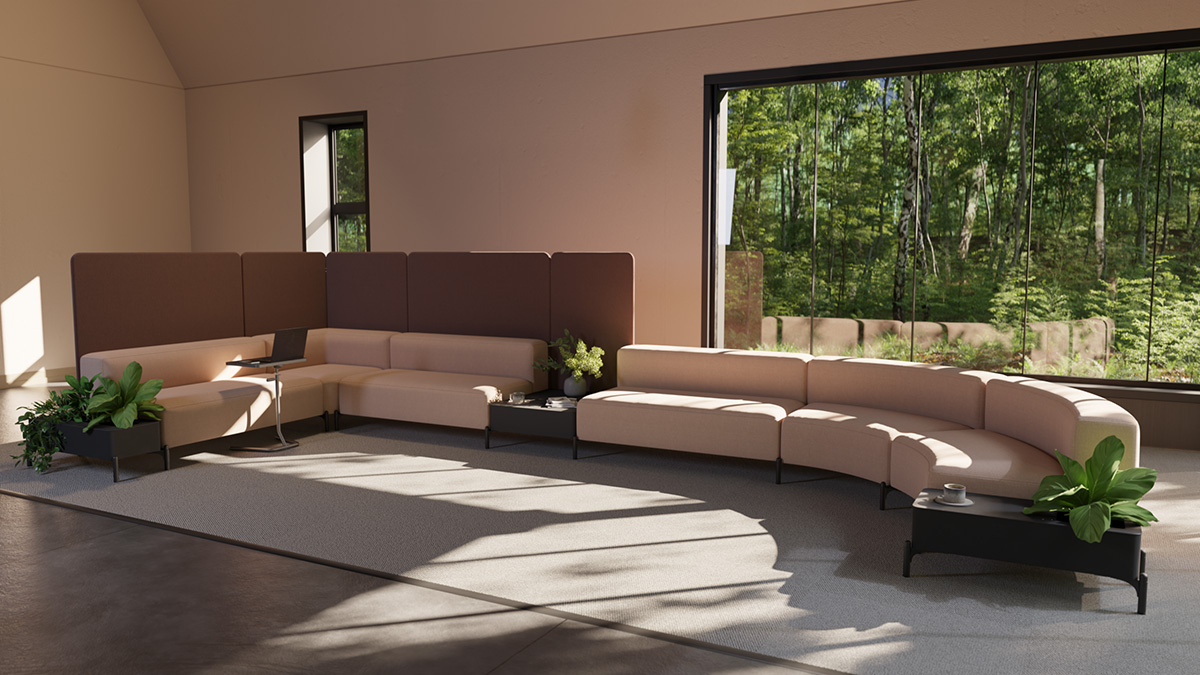Usify: Design’s new frontier: business transformation
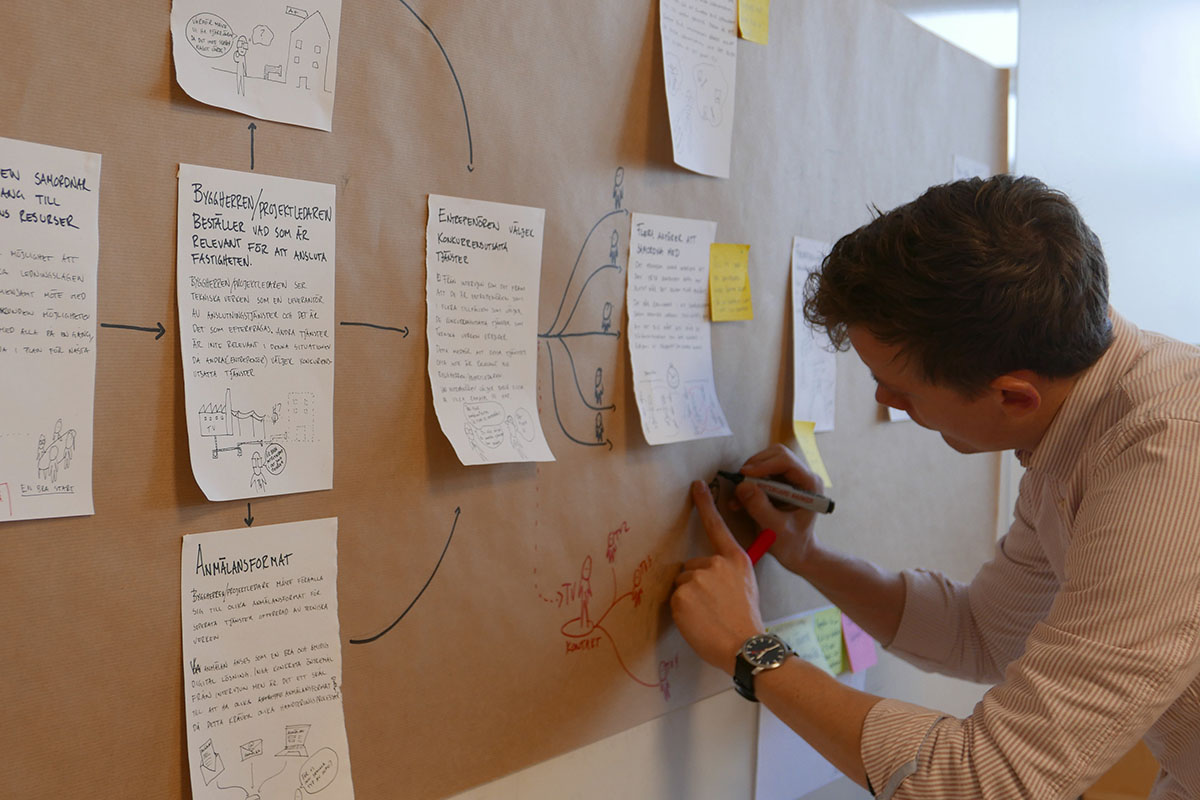
Whether it be helping a utilities company to better understand its relationship with its customers, or facilitating an enterprise in forming its transformation strategy, every project undertaken by Usify has something in common. “We use design thinking to help organisations form their future,” explains CEO Bjarte Bugge, “and always with the focus on people – people forming strategies, culture and services.”
TEXT: LIZ LONGDEN | PHOTOS : USIFY
MAIN IMAGE: Usify uses a wide spectrum of tools to enable and drive complex discussions – some physical objects, some game-inspired.
Design thinking is a philosophy and methodology that takes the needs of people as the starting point and which then aims to create solutions to meet those needs. Developed primarily in the US over the past 25 years, Bugge explains, the method has emerged as a reaction to the colossal changes in society and business culture brought about by huge technological advances. With the opportunities and digitalisation of information, the necessity of increased sustainability, and the explosion of communication tools such as social media, Bugge argues that companies find themselves in new and complex territory, and in need of new approaches. Design thinking helps organisations define their goals and then find ways of getting there.
Linköping-based Usify has taken the concept of design thinking and run with it. By using the methodology to help companies and organisations to develop visions and strategies, it has grown to be one of Sweden’s leading providers of strategic design and service design, with an impressive client portfolio that includes Saab, Migrationsverket (the Swedish Migration Agency), Stena, SKANSKA and LKAB, to name just a few.
While design thinking has proved fruitful for Usify and its clients, however, Bugge says that it is at odds with the traditional and dominant culture of problem-solving in Sweden. “In Sweden, we have a very strong culture of science and logic and engineering, which influences our way of thinking. And while it has had its advantages, it can also be limiting,” Bugge argues. “We’ve trained ourselves to be ‘solution machines’ and find ‘the right answer’. But in the more complex scenarios of today, there isn’t one right answer, but lots of good answers that each affect the organisation in a different way.” Helping organisations find their way towards the answer most fit for the desired outcome, is Usify’s speciality.

Visualisation is a key tool for driving strategic dialogue, creating alignment and a common story to support organisational transformation. Here Usify has a close collaboration with Combitech.
Empathy, dialogue and inclusion
Usify’s method employs what Bugge calls ‘strategic dialogue’, a collaborative process of discussion that draws on the diverse experiences and perspectives of those within a given organisation. In doing so, it helps its clients to better understand the issues in question, often also using simple and clear visualisations to help make complex situations and processes more understandable. “We enable our clients to navigate their way through complexity, make connections, form and tell a common story. And through this storytelling, they are then able to align and develop more effective solutions.”
These solutions turn out to be better, Bugge argues, precisely because they are based on the needs, experiences and skills of people, rather than on restrictive logical principles. And the more inclusive the process, he says, the better the results.
“Empathy is a key word that we use a lot – empathy and understanding for different perspectives,” Bugge explains. “People are not logical animals, but rather emotional animals who have the ability to think logically, and it’s emotions that lead people to take responsibility for a situation.”
In order for an organisation to find effective solutions to complex problems, Bugge argues that the solution process must be as inclusive as possible, and to illustrate the point, he gives an anecdote from his own recent experience. Having finished a session with the top management of a regional hospital, he and the participants were ready to pack up when a cleaner came in. Looking at the board and at what they had done, the cleaner then reflected and spontaneously gave his own thoughts. “That was great, and to use all those different perspectives as part of the solution process is so important,” Bugge says.
Bugge’s own career path, in fact, began in nursing, and he says that has given him valuable experience that he can bring to the table. “With my background in nursing and working with people, I have a different perspective to an engineer. Designers have a different perspective again, as does a cleaner. That’s why dialogue is important, to draw on all these different viewpoints.”
He adds: “Our mission statement is: ‘We see people and create opportunities for meaningful change’. Whatever the project, it’s always people who are at the heart of the process.”
Web: www.usify.se
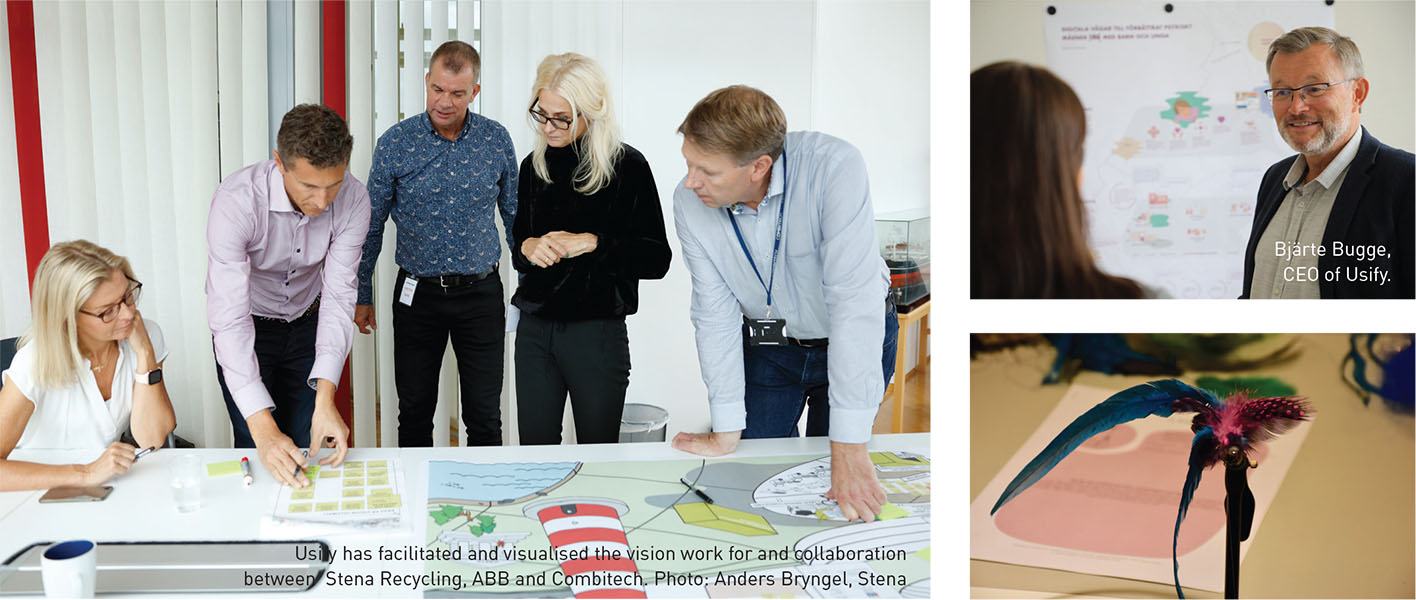
Subscribe to Our Newsletter
Receive our monthly newsletter by email

